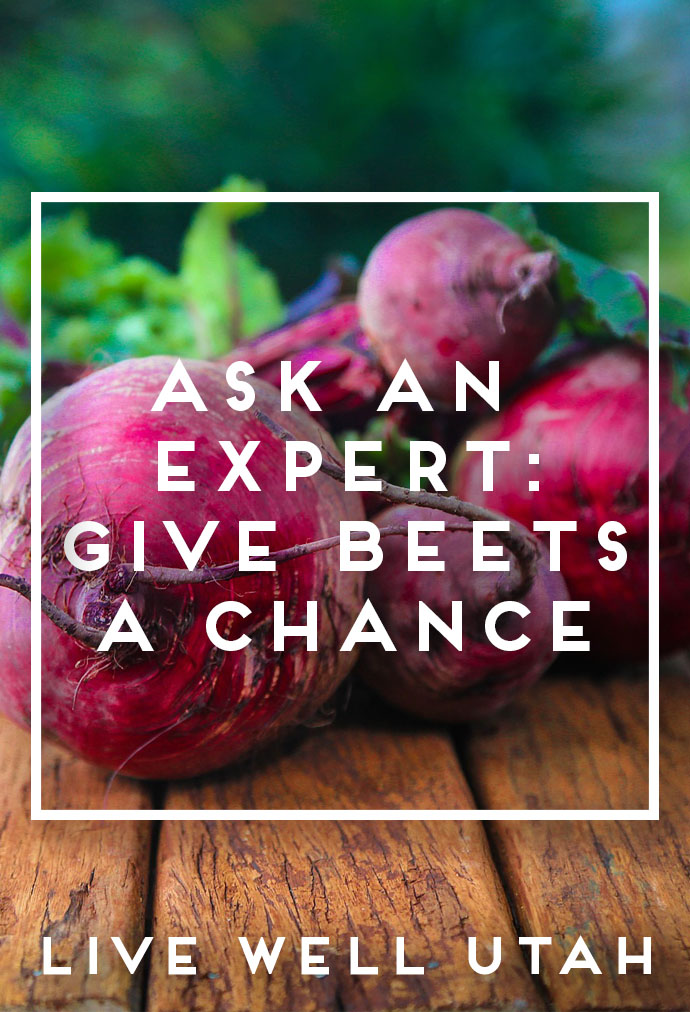10 Tips for Better Tasting Fresh Produce
 How do you like your vegetables? If you’re looking for some delicious ways to get your family to eat more fruits and veggies, look no further! We’ve got ten tips to help you pump up the flavor of your fresh produce.
How do you like your vegetables? If you’re looking for some delicious ways to get your family to eat more fruits and veggies, look no further! We’ve got ten tips to help you pump up the flavor of your fresh produce.
We all know that fruits and vegetables are an important part of a healthy diet. We’ve learned ways to make them less expensive and more convenient, but what if you or your family members just don’t like the taste? This week we offer 10 tips to help everyone learn to love the taste of fruits and vegetables.
- Try fresh fruits or vegetables with a healthy dip or dressing. Try hummus, salad dressing or yogurt.
- Increase the amount of vegetables in flavorful, well-liked foods. Try extra tomatoes and beans in chili, carrots in tomato sauce, broccoli mixed into mac and cheese and peas in minestrone soup.
- Add shredded carrots or zucchini to meatloaf, casseroles and quick breads.
- Try eating your vegetables first, when you are most hungry. Things really do taste better when you are hungry! Put out fresh vegetables with dip before dinner, or start the meal with a salad or vegetable soup.
- Shop in season—fruits and vegetables that are in season taste better. Think of a wonderful tomato from the garden in summer vs. the ones you can buy from the store in January. Farmers markets, roadside stands and your local grocery store are great places to get seasonal produce.
- Try preparing vegetables in different ways: raw, steamed, roasted, etc. The flavor and texture can be very different, depending on how you cook them. If you don’t like them one way, you might like them another!
- I especially recommend roasting or grilling vegetables. You get wonderfully sweet vegetables that are soft and creamy on the inside and crisp on the outside.
- Make eating vegetables fun by playing with your food. Try ants on a log, rainbow salad or pizza faces.
- Use a small amount of sugar when cooking bitter vegetables like kale or Brussels sprouts. This will help you become more familiar with the taste of vegetables, and you will learn to like the flavor more, even without the sugar!
- Just keep trying! We tend to like foods that we eat often or have at least tried multiple times. If you don’t like the taste of a vegetable today, it doesn’t mean you won’t like it the next time you try it!
This article was written by Carrie Durward, Extension Nutrition Specialist
 Looking for some easy ways to eat more veggies and fruits? We have 10 tips to help you do just that.
Looking for some easy ways to eat more veggies and fruits? We have 10 tips to help you do just that. How do you balance eating healthy with your grocery budget? We’ve got ten tips to help you eat more fresh fruits and vegetables without breaking the bank.
How do you balance eating healthy with your grocery budget? We’ve got ten tips to help you eat more fresh fruits and vegetables without breaking the bank.



